Introduction:
In the competitive job market, your resume serves as your ambassador, introducing you to potential employers and setting the stage for your professional journey. Writing an awesome resume is an art and a science, requiring a strategic approach to showcase your skills and experiences effectively. This guide aims to provide a step-by-step roadmap for creating a compelling resume that not only grabs attention but leaves a lasting impression.
1. Understanding the Purpose of Your Resume:
Before diving into the writing process, it’s crucial to understand the primary purpose of your resume. It’s not merely a document listing your work history; it’s a marketing tool designed to sell your skills, experiences, and potential to prospective employers. Define your resume’s purpose based on the job you’re applying for and tailor it accordingly.
2. Choosing the Right Resume Format:
Resumes come in various formats, each suitable for different career stages and industries. Explore the chronological, functional, and combination resume formats. Select the one that aligns with your career history and highlight your strengths. The right format provides a clear structure for your resume and ensures that relevant information is easily accessible.
3. Crafting a Captivating Professional Summary:
The professional summary is your resume’s elevator pitch. Craft a concise and impactful summary that provides a snapshot of your career, emphasizing key skills and experiences. Tailor this section to the specific job you’re applying for, showcasing how your background aligns with the employer’s needs.
4. Showcasing Your Skills:
Create a dedicated section to highlight your skills. Identify both hard and soft skills relevant to the job description. Utilize bullet points for clarity and consider incorporating a mix of technical skills, industry-specific competencies, and transferable skills that demonstrate your versatility.
5. Crafting a Results-Oriented Experience Section:
Your work experience is the heart of your resume. Use the STAR (Situation, Task, Action, Result) method to detail your accomplishments in each role. Focus on quantifiable achievements and use strong action verbs to convey your impact. Tailor this section to emphasize experiences that align with the job you’re targeting.
6. Tailoring Your Resume for Each Job Application:
One size does not fit all when it comes to resumes. Customize your resume for each job application by aligning it with the specific requirements of the position. Adjust your professional summary, skills section, and experience details to emphasize the aspects most relevant to the job at hand.
7. Incorporating Keywords:
Many employers use Applicant Tracking Systems (ATS) to screen resumes. To pass through this initial screening, incorporate relevant keywords from the job description. Identify key terms that reflect the skills and qualifications sought by the employer and strategically place them throughout your resume.
8. Highlighting Education and Certifications:
While your education may not be the focal point of your resume, it’s still an essential component. Clearly list your educational background, including degrees, institutions, and graduation dates. Additionally, showcase any relevant certifications that enhance your qualifications for the targeted role.
9. Including Additional Sections:
Depending on your career stage and the nature of the job, consider adding supplementary sections to strengthen your resume. This could include sections such as professional memberships, publications, projects, or volunteer work. These additional sections provide a more holistic view of your skills and interests.
10. Prioritizing Formatting and Design:
A visually appealing resume is more likely to capture attention. Prioritize clean and professional formatting. Use consistent fonts, bullet points, and headers for a polished look. Ensure readability by maintaining a balance between text and white space. Consider using a well-designed template to enhance visual appeal without sacrificing professionalism.
11. Proofreading and Editing:
Errors in your resume can undermine your credibility. Thoroughly proofread your document to catch grammatical mistakes, typos, and inconsistencies. Consider asking a friend or mentor to review your resume as fresh eyes can often identify issues that you might have overlooked.
12. Seeking Feedback:
Don’t hesitate to seek feedback on your resume from trusted colleagues, mentors, or professional resume reviewers. Constructive feedback can provide valuable insights and help you refine your resume further. Consider different perspectives to ensure your resume resonates with a diverse audience.
Conclusion:
In the ever-evolving landscape of professional advancement, the journey of crafting an exceptional resume is both an art and a strategic endeavor. As we conclude this comprehensive guide on how to write an awesome resume, remember that your resume is not merely a document; it’s your narrative, your unique story in the professional realm. Your expertise, experiences, and aspirations converge in this crucial piece of self-presentation. Capital Joblink, recognizing the importance of a compelling resume, encourages individuals to harness the insights shared here. May your resume be a beacon, guiding you toward the opportunities that align with your goals and aspirations. Craft excellence, and let your professional journey flourish.




